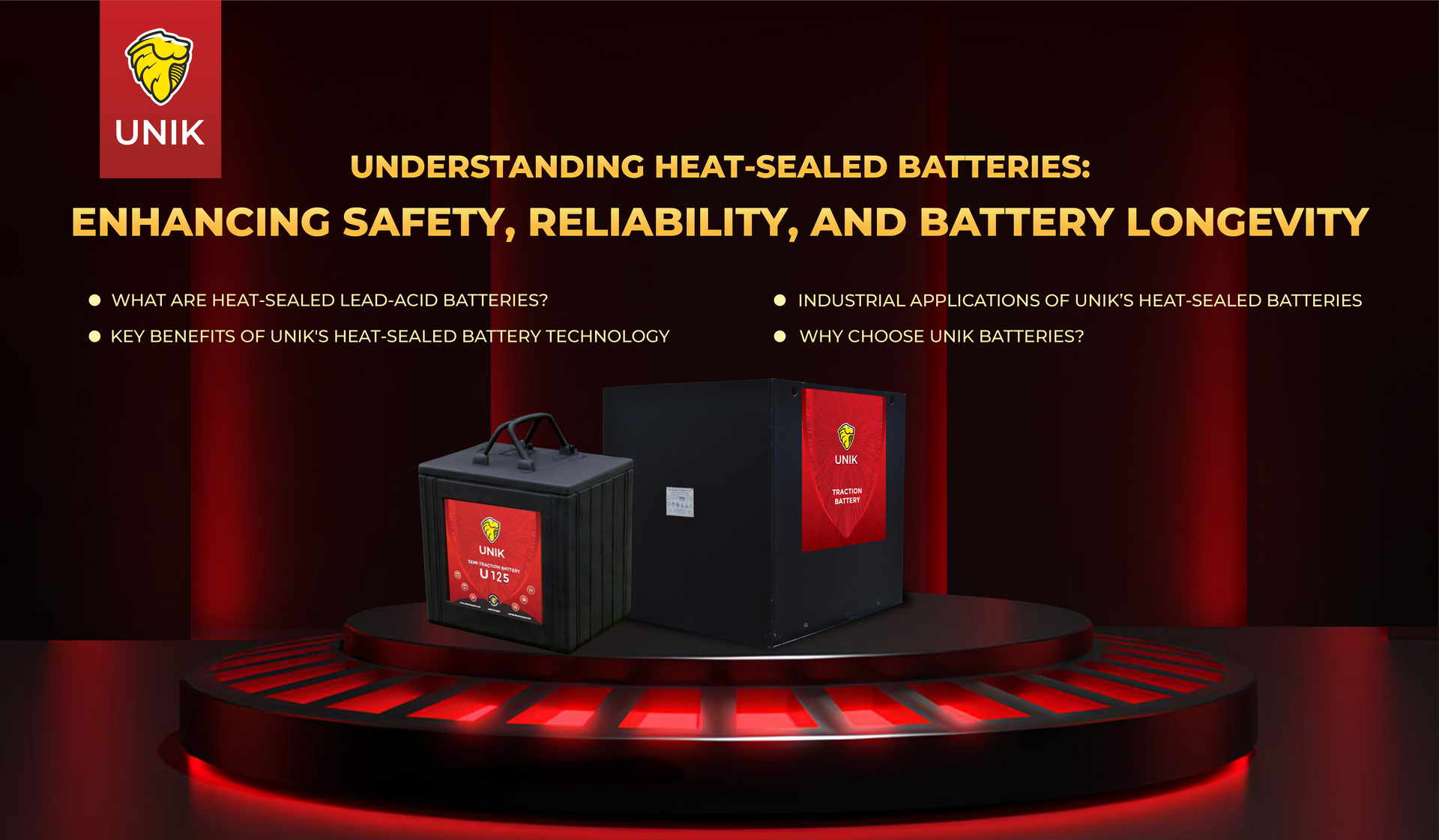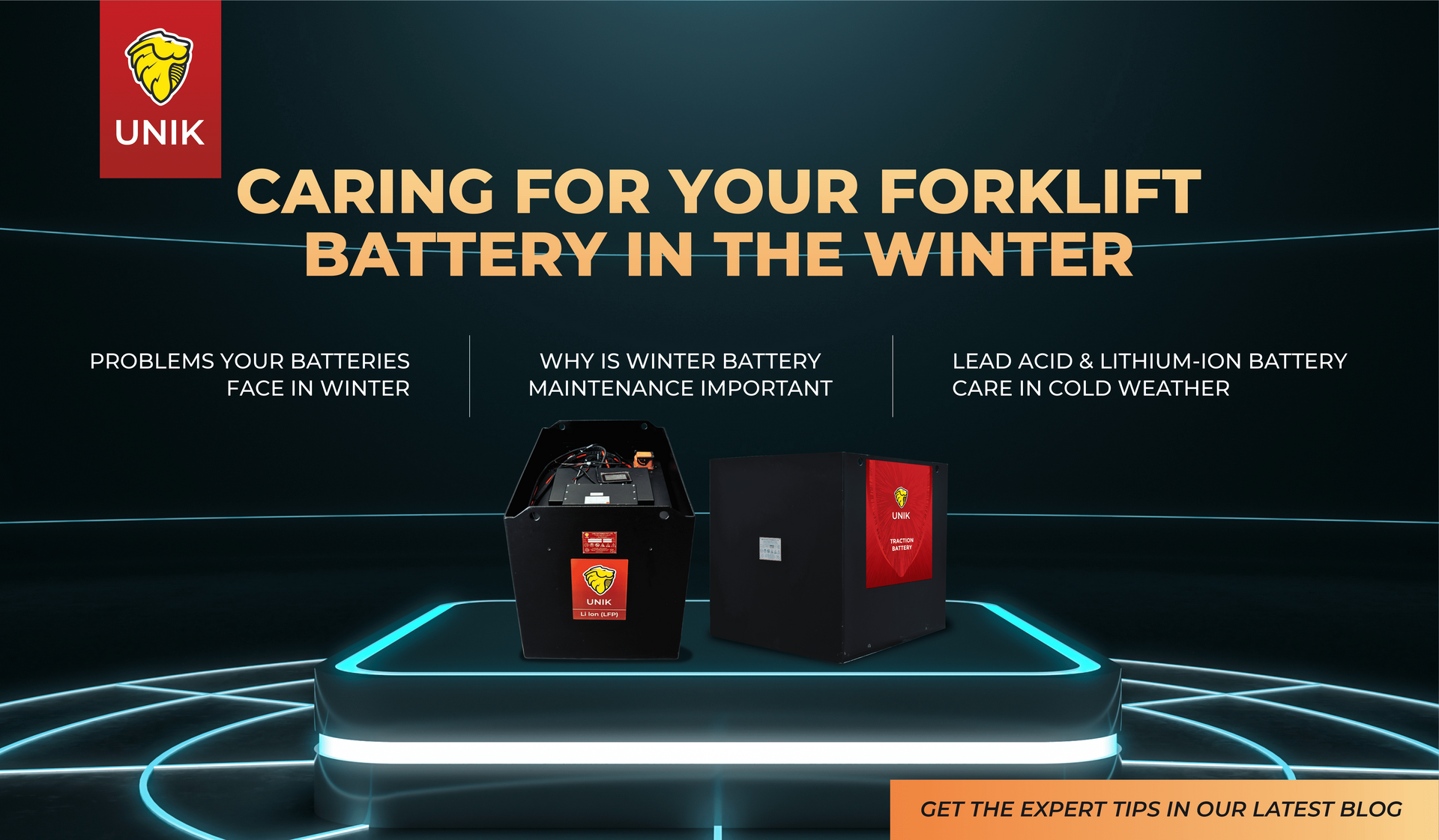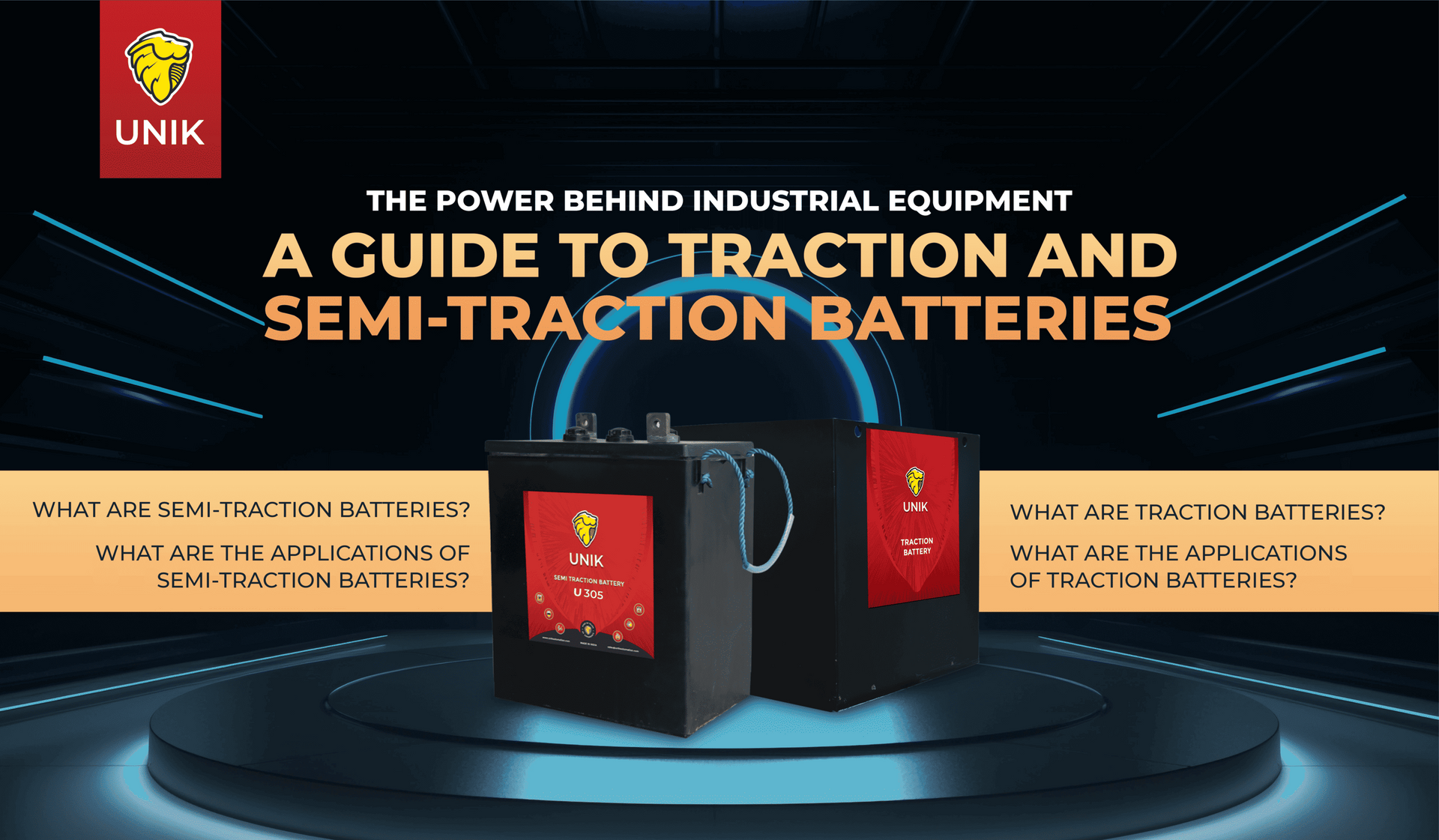Mastering UPS Battery Capacity Planning for Industrial Systems
In industrial settings, power supply dependability is critical. Activities' maintenance in the event of a power outage greatly depends on Uninterrupted Power Systems. This blog explores how to efficiently plan battery capacity for industrial UPS systems, providing guidance for maximum dependability and performance.
Determining the Necessary Load Conditions
Start by determining how much power the essential equipment needs. For this, a list of all the devices linked to the UPS system must be created, and their power consumption in watts and volt-amperes (VA) must be determined. Accurately estimating the active and apparent power will ensure that your UPS energy storage system is the right size, eliminating inefficiencies and guaranteeing dependable power protection. Underestimating the power needs can result in an underpowered backup system or needless spending on an overpowered system.
Accommodating Future Expansion
Planning for battery capacity with forward-thinking entails projecting future growth. Industrial settings are dynamic and may grow or require modifications to their operational requirements. Plan your UPS battery system for growth in the future so that it can continue to function correctly without constant upgrades. To select a system that can grow with your needs, consider the possibility of scaling operations, seasonal fluctuations and the anticipated lifespan of the UPS batteries.
Understanding Power Consumption Patterns
Devices vary in how they use power, particularly in the initial stages. When equipment starts up, it needs more power than it needs to run continuously, referred to as inrush current. A thorough comprehension of these dynamics aids in selecting a large UPS battery capacity that can efficiently handle transient loads. To guarantee that the UPS batteries can continuously handle all power demands, one must consider both the typical operational and peak loads during startup.
Redundancy and Efficiency
High-efficiency systems can save money since they consume less energy and cool down more quickly. Since they are made to reduce energy losses during power conversion, they are more cost-effective over time. Calculate the required redundancy level to improve system dependability and guarantee a steady power supply. One can achieve redundancy by having backup UPS batteries that can take over and offer additional protection if the primary unit fails.
Evaluating Runtime Requirements
Determine the necessary runtime during blackouts to help choose the suitable UPS battery capacity. This crucial information helps you determine how long vital systems will continue functioning until backup generators are turned on or the systems are securely shut down. Consider the worst-case scenario for power outages and ensure your UPS can continue operating for as long as it takes to shut down vital equipment or restore electricity securely.
Assessment of the Environment
Temperature is a single environmental concern that might affect the lifespan and effectiveness of UPS batteries. Extreme weather could affect the life of batteries because they are susceptible to temperature. To enhance longevity and efficiency, select a solution that will operate well in the specific environmental conditions that you find yourself in. Maintaining ideal circumstances for your UPS can be facilitated by installing suitable ecological controls, such as climate-controlled rooms.
Choosing the Correct UPS Topology
UPS systems offer varying topologies of power protection. The best protection is provided by online systems, which isolate the load from power outages by continuously converting incoming power to DC and back to AC. For less critical applications, Line-Interactive systems offer good protection and efficiency. Because of its affordability and basic safety, offline UPS is suitable for non-critical applications. Select the topology best suited to your needs and budget to ensure efficient power management.
Battery capacity planning requires carefully considering many aspects of industrial UPS systems. By following these best practices, organisations can guarantee operational dependability and a continuous power supply.
Contact UNIK for more information on optimising battery capacity and selecting the best high-capacity UPS for your industrial needs. Our stationary battery solutions for industrial UPS systems offer scalability, efficiency, and reliability tailored to your requirements. Our experts are here to assist you in ensuring uninterrupted power supply and operational efficiency.




CORPORATE OFFICE:
UNIK Batteries Pvt. Ltd.
J-52/4, Indrayaninagar Road, M.I.D.C, Bhosari, Pune, Maharashtra
411 026, India.
CONTACT US:
International enquiries:
Meghav Bafana
Phone: +44 7756 077320
Email:
meghav@unikbatteries.com
Local & general enquiries:
Shubhangi Daundkar
Phone: +91 98504 13331
Email:
marketing@unikbatteries.com
© 2025 Unik Batteries Pvt. Ltd. All Rights Reserved
Digital Presence Managed By: Knowledge Units


